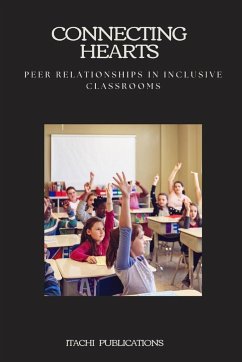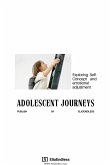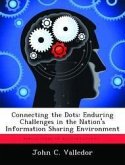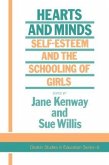The development of a child hinges significantly on the establishment of relationships, including those with peers. Positive interactions with their peers play a pivotal role in aiding children in forming and maintaining meaningful peer connections. Inclusion proves to be advantageous not only for children with Special Educational Needs (SEN) but also yields positive learning outcomes for their typically developing peers. It fosters the creation of genuine friendships between students with and without disabilities. The operation of peer groups involving children with SEN and the quality of their friendships profoundly influence their overall development, impacting various aspects of their lives, encompassing family, school, and the broader community, and vice versa. Consequently, it becomes imperative to scrutinize the dimensions of peer relationships among children with SEN in inclusive classrooms. The current study represents a descriptive research endeavor focusing on the examination of peer relationships among children with SEN in elementary grades. It also delves into the behaviors and strategies employed by teachers and special educators to nurture healthy peer relationships within inclusive classroom settings. The study's participant pool comprised both non-SEN students (N=605) and children with SEN (N=45) drawn from two government and two private inclusive schools in Delhi. Additionally, teachers (N=24) and special educators (N=6) involved in instructing these students were part of the study. The data collection instruments encompassed a Peer Rating Scale, a Sociometric Nomination Questionnaire, and a Structured Observation Schedule, all administered to students. Additionally, focus group interviews were conducted with children with SEN, while teachers and special educators participated in individual interviews. Key findings from the study include: a) Children with SEN were found to be less favored compared to their non-SEN peers. b) Students with Locomotor Disabilities and Low Vision received the highest number of preferences among all disabilities. c) Reciprocal friendships among children with SEN and between children with SEN and their non-SEN counterparts were infrequent. Such friendships primarily existed among individuals of the same gender, and children with SEN maintained stable friendship networks from their previous classes with only a limited number of friends. d) Children with SEN exhibited lower levels of participation and were often excluded by their peers in group play activities. They also reported instances of being threatened and teased by their peers due to their disabilities. e) Teachers faced challenges, including a lack of training and necessary skills to cater to the special needs of children with SEN in inclusive classrooms. They also encountered difficulties due to time constraints, insufficient parental support, and a lack of student support when conducting group activities. Collaboration between general teachers and special educators was also limited in scope. This preface provides an overview of the study's objectives, participant demographics, and major findings, offering a comprehensive understanding of the research undertaken.
Hinweis: Dieser Artikel kann nur an eine deutsche Lieferadresse ausgeliefert werden.
Hinweis: Dieser Artikel kann nur an eine deutsche Lieferadresse ausgeliefert werden.








